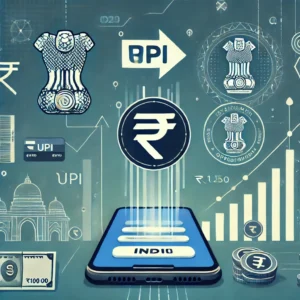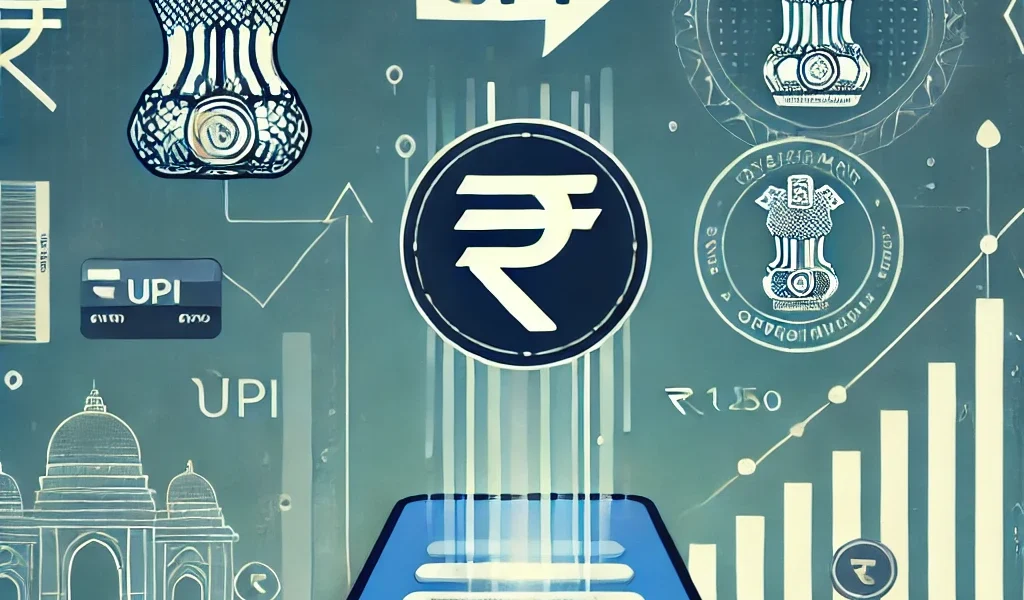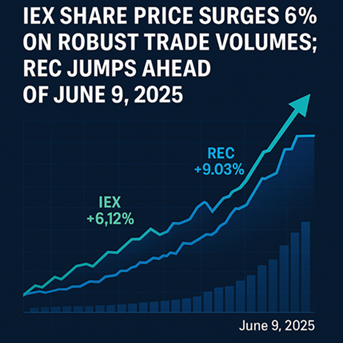(The Indian government has sanctioned ₹1,500 crore in March 2025 to promote low-value UPI transactions. Learn how this move aims to boost digital payments and financial inclusion.)

In a major boost for India’s digital economy, the Union Cabinet has approved ₹1,500 crore to incentivize small-value UPI transactions. The initiative, announced in March 2025, aims to promote cashless payments, encourage merchants to adopt UPI and ensure users continue enjoying zero-cost transactions.
With UPI dominating digital payments in India, this incentive scheme will support banks and payment service providers (PSPs) by compensating them for processing a high volume of microtransactions, particularly those below ₹200.
Why Is the Govt Investing in Low-Value UPI Transactions?
The government’s push for digital transactions is part of its broader Digital India mission. The primary goals of this initiative include:
- Encouraging Digital Payments: A significant portion of daily transactions under ₹200 still happen in cash. The scheme aims to change that.
- Supporting Banks & Payment Providers: UPI transactions generate minimal revenue for banks; this scheme ensures they remain sustainable.
- Boosting Financial Inclusion: Making digital payments accessible, even in remote areas.
- Reducing Cash Dependence: Lower cash circulation means lower operational costs for banks and the RBI.
How Will the ₹1,500 Crore Incentive Work?
The funds will be distributed among banks and fintech firms based on the number of small-value UPI transactions they process. Here’s how it will help:
- No Transaction Fees for Users: Customers can continue using UPI without paying any charges.
- Encouraging Merchants to Accept UPI: More small businesses will adopt digital payments.
- Growth of Digital Transactions: Increased adoption will further strengthen India’s fintech sector.
The Rise of UPI & Its Impact on India’s Economy
UPI has transformed India’s payment landscape. The platform recorded over 12 billion transactions in February 2025, and with this new incentive, the numbers are expected to grow further.
UPI Transactions Over the Years
| Year | Total Transactions (in Billion) |
|---|---|
| 2021 | 4.5 |
| 2022 | 7.2 |
| 2023 | 9.4 |
| 2024 | 11.8 |
| 2025 | 12+ (Projected) |
The ₹1,500 crore boost will help sustain this growth, ensuring India remains a global leader in digital payments.
Why Small UPI Transactions Matter
Imagine buying a ₹20 samosa via UPI: the vendor pays ₹0.50 as bank fees, slicing their narrow profit margin. This “hidden cost” has kept many small sellers loyal to cash. The new policy tackles this pain point:
- 0.5% Cashback for users and merchants on transactions below ₹100 (max ₹10/month).
- Priority Groups: Street vendors, kirana stores, and rural merchants.
- Tech Upgrades: ₹300 crore allocated to simplify QR codes for feature phones.
According to RBI data, 72% of India’s 8 billion monthly UPI transactions are under ₹500, but only 15% are below ₹100. “This isn’t about numbers—it’s about trust,” says UPI architect Praveena Rai.
A Tea Seller’s Perspective
Rajesh Gupta, a chai stall owner in Lucknow, shares: “I lose ₹50 daily on UPI fees. If the government covers that, I’ll stop refusing ₹10 payments.” His sentiment echoes a 2024 survey by Digital India Foundation, where 68% of vendors called sub-₹100 UPI fees “unfair.”
Behind the Policy: The Math and the Vision
- Budget Breakdown: ₹1,200 crore for reimbursements, ₹300 crore for rural QR code adoption.
- Goal: Increase rural UPI usage from 18% to 35% by 2026 (NITI Aayog).
- Global Context: Similar schemes boosted Kenya’s M-Pesa transactions by 40% in 2022.
Critics Warn:
- Fraud Risks: Phishing scams targeting first-time users.
- Implementation Gaps: Only 30% of rural vendors own smartphones (NSSO 2024).
What’s in It for You?
- Users: Earn ₹10/month for paying via UPI at local shops.
- Merchants: Save ₹500–₹1,000 monthly on transaction fees.
- Banks: Compensated for MDR losses, unlike the 2022 fee waiver.
Example: A mom-and-pop store with 50 daily ₹50 transactions saves ₹75/day—₹2,250/month.
How It Compares to Past Policies
| Policy | 2022 UPI Fee Waiver | 2025 Targeted Incentives |
|---|---|---|
| Focus | All transactions | Transactions under ₹100 |
| Bank Impact | ₹5,300 crore loss | Subsidies offset costs |
| User Benefit | None | Direct cashback |
Read More: Reserve Bank of India – UPI Growth Report
Industry Response & Expert Opinions
Major players like PhonePe, Google Pay, Paytm, and BharatPe have welcomed the move. Industry leaders believe this initiative will:
- Sustain zero-cost transactions for customers.
- Encourage merchants to accept more digital payments.
- Further, solidify India’s leadership in fintech innovation.
An RBI official commented, “The government’s commitment to digital payments ensures India continues its rapid fintech expansion while making transactions affordable for all.”
Challenges & Potential Concerns
Despite the benefits, some concerns remain:
- Long-Term Viability: Can the government continue funding such incentives beyond 2025?
- Security Risks: More transactions mean a higher risk of fraud. Strengthening cybersecurity measures is crucial.
- Operational Execution: Proper fund allocation and distribution to banks and PSPs must be streamlined.
The success of the scheme depends on how effectively it is implemented in the coming months.
FAQs on the ₹1,500 Crore UPI Incentive
1. Why is the government investing ₹1,500 crore in UPI transactions?
The goal is to increase digital transactions, reduce cash dependence, and ensure banks and PSPs remain profitable while processing small payments.
2. Will users have to pay for UPI transactions after this scheme ends?
No, as of now, UPI transactions remain free for users. The government is working to keep it that way.
3. How will the ₹1,500 crore be allocated?
Funds will be distributed to banks and fintech companies based on their volume of small-value transactions.
4. Will this benefit small businesses?
Yes, it will encourage small merchants to adopt UPI payments, reducing reliance on cash transactions.
5. How long will this incentive scheme last?
Currently, it is applicable for 2025, but it may be extended based on its impact.
Final Thoughts: A Strong Push for Digital India
The Cabinet’s approval of ₹1,500 crore for UPI incentives is a strategic move to strengthen India’s digital payment ecosystem. With UPI already processing billions of transactions monthly, this step ensures that users and businesses continue adopting cashless transactions at a larger scale.
📢 What do you think about this initiative? Will it further boost UPI adoption? Share your views in the comments!
🔔 Stay updated with the latest fintech and economic news at Quick News.




